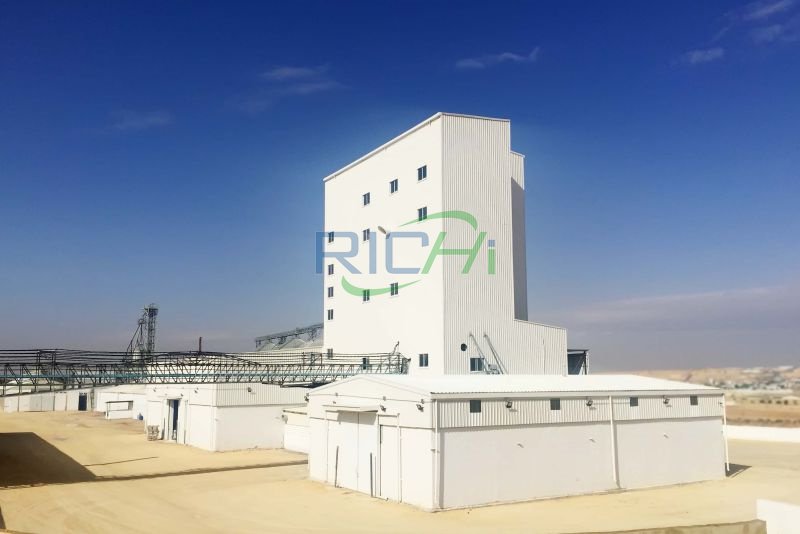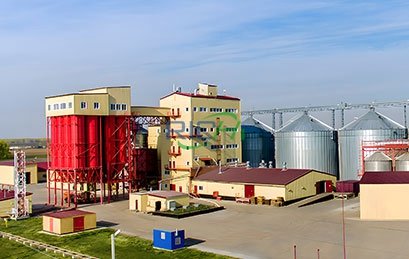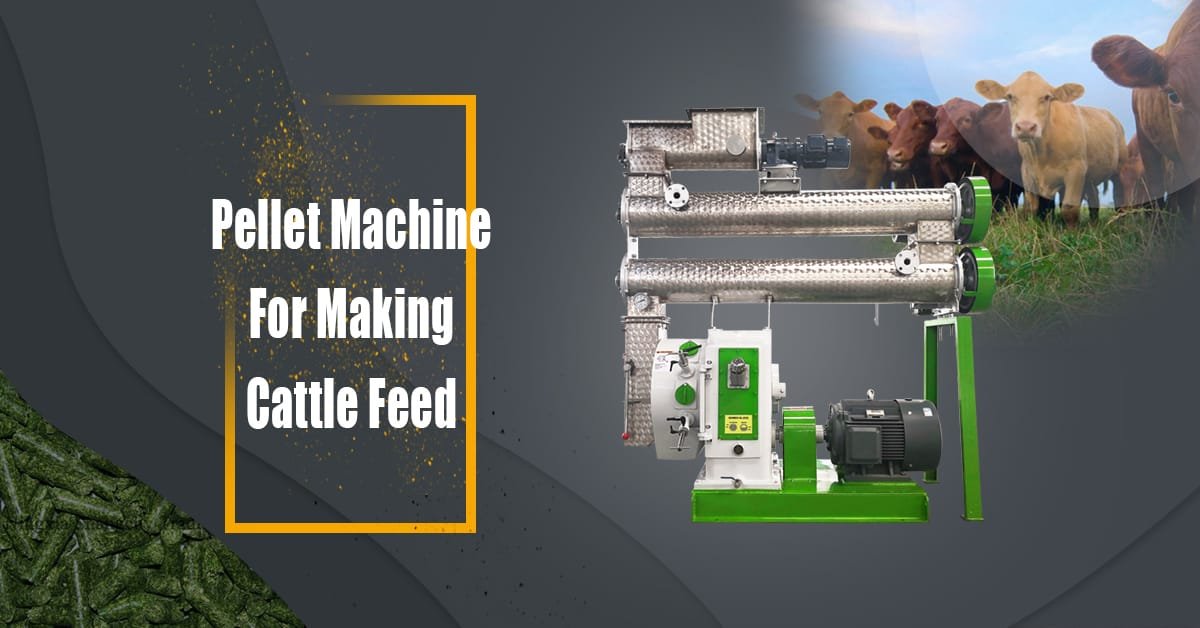A 35 tons per hour (t/h) commercial feed mill operates in a highly competitive and dynamic market, where the selection of sales channels plays a crucial role in determining annual sales revenue. Understanding the impact of various sales channels on revenue generation is essential for strategic planning and maximizing profitability. This article delves into the different sales channels available to a 35t/h feed mill and their influence on annual sales revenue.

Key Sales Channels for a 35t/h Feed Mill
- Direct Sales to Large-Scale Farms
- Overview: This channel involves selling feed products directly to large-scale farming operations, such as poultry, cattle, and swine farms.
- Revenue Impact: Direct sales typically result in substantial order volumes, lower marketing expenses due to established relationships, and stable revenue from long-term contracts.
- Example: A feed mill that secures contracts with multiple large poultry farms can benefit from consistent demand and significant sales revenue.
- Distributor Network
- Overview: Building a network of regional distributors allows the feed mill to access a broader market, including smaller farms and distant locations.
- Revenue Impact: Distributors help penetrate hard-to-reach markets, although volume-based pricing may affect profit margins. They also manage local marketing, which reduces costs for the mill.
- Example: Collaborating with distributors across various regions can enhance market reach and increase overall sales volume, positively influencing annual revenue.
- Retail Outlets
- Overview: Selling feed products through retail channels, such as agricultural supply stores, targets smaller farmers and hobby livestock owners.
- Revenue Impact: Retail sales often yield higher profit margins and boost brand visibility while providing access to a diverse customer base.
- Example: Placing products in prominent agricultural supply chains can elevate brand awareness and attract a broader range of customers, increasing annual sales.
- E-commerce Platforms
- Overview: Online sales through e-commerce platforms allow the feed mill to market products directly to consumers.
- Revenue Impact: Online platforms offer 24/7 accessibility, reducing overhead costs compared to physical stores and reaching customers in underserved areas.
- Example: Establishing an e-commerce site for feed products can draw in tech-savvy farmers and broaden the customer base, thereby enhancing annual sales revenue.
- Cooperative Partnerships
- Overview: Partnering with agricultural cooperatives opens access to a vast network of farmers and livestock producers.
- Revenue Impact: Cooperatives typically place bulk orders, enhancing sales volume while increasing the mill’s credibility through respected partnerships.
- Example: Collaborating with a significant agricultural cooperative can secure bulk orders and strengthen market reputation, favorably impacting annual revenue.
- Government and Institutional Contracts
- Overview: Securing contracts with government entities, research institutions, and large livestock operations can provide steady and high-volume sales.
- Revenue Impact: Long-term contracts yield stable revenue streams, and the association with reputable institutions boosts market reputation.
- Example: Winning a government contract for a national livestock program can lead to consistent demand and substantial annual revenue.
- Export Markets
- Overview: Exploring international markets can significantly broaden the customer base and enhance sales revenue.
- Revenue Impact: Exporting diversifies revenue sources, potentially offering higher prices and improved profit margins due to favorable currency exchange rates.
- Example: Exporting feed products to high-demand neighboring countries can expand revenue streams and increase annual sales revenue.
- Private Label Manufacturing
- Overview: Producing feed for other brands or retailers under private label agreements effectively utilizes production capacity.
- Revenue Impact: This approach maximizes excess capacity, provides stable revenue through long-term contracts, and incurs lower marketing costs.
- Example: Partnering with a major retail chain to produce private label feed products can ensure consistent demand and revenue stability, positively affecting annual sales.
Conclusion
The selection of sales channels is pivotal for the annual revenue of a 35t/h feed mill factory. By strategically utilizing direct sales, distributor networks, retail outlets, e-commerce platforms, cooperative partnerships, government contracts, export opportunities, and private label manufacturing, the feed mill can enhance its market presence and revenue potential.
Each sales channel presents unique benefits and challenges, and a well-rounded approach that incorporates multiple channels may yield the best results. By grasping the nuances of each channel and adapting strategies accordingly, a 35t/h feed mill can achieve sustainable revenue growth in a competitive market landscape.










